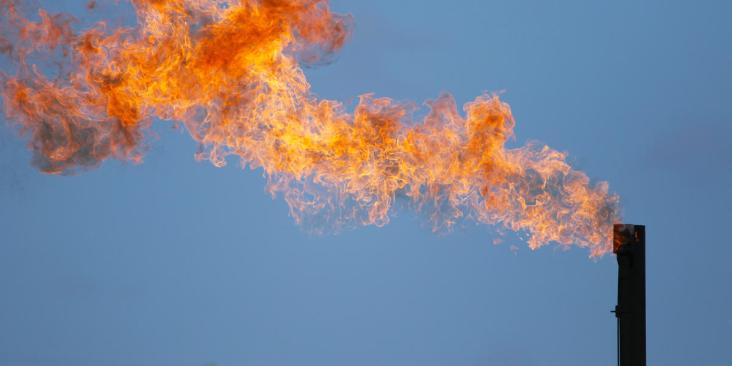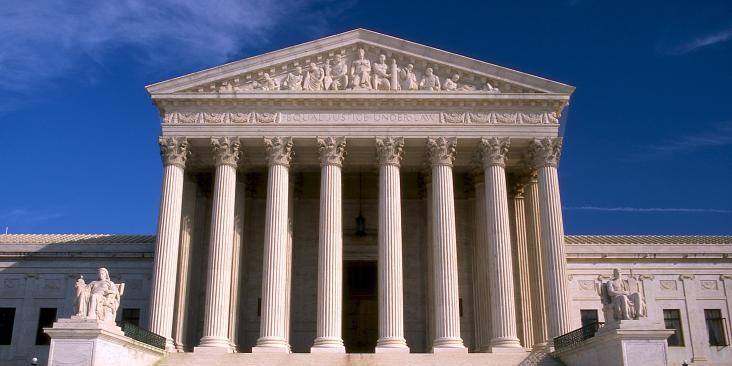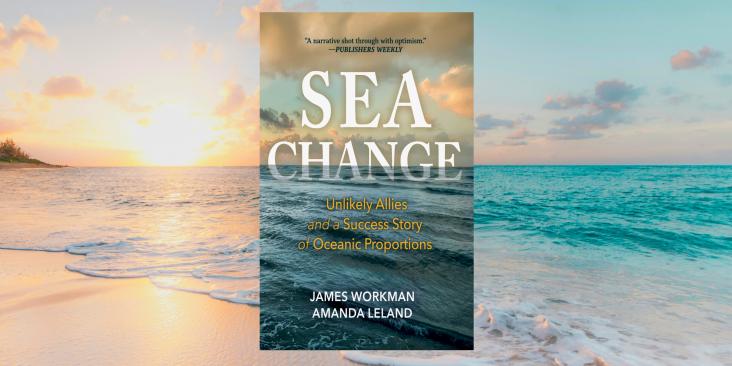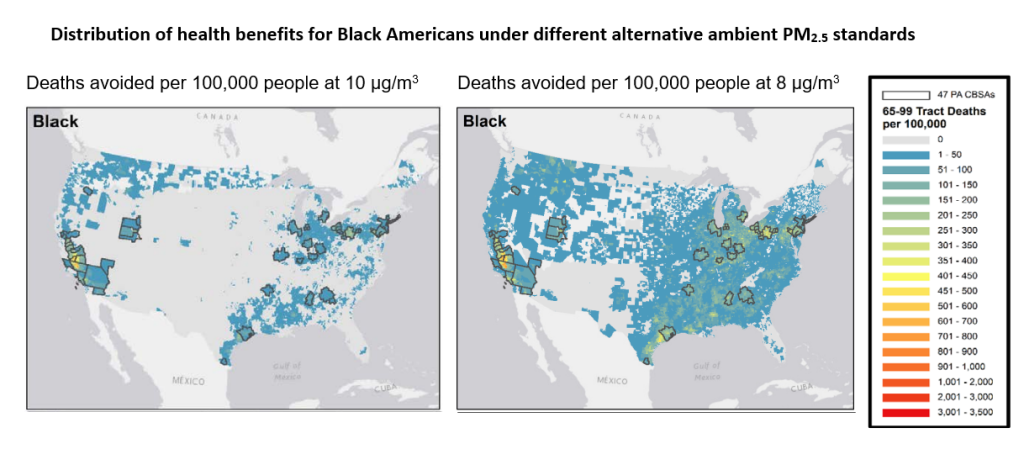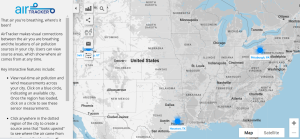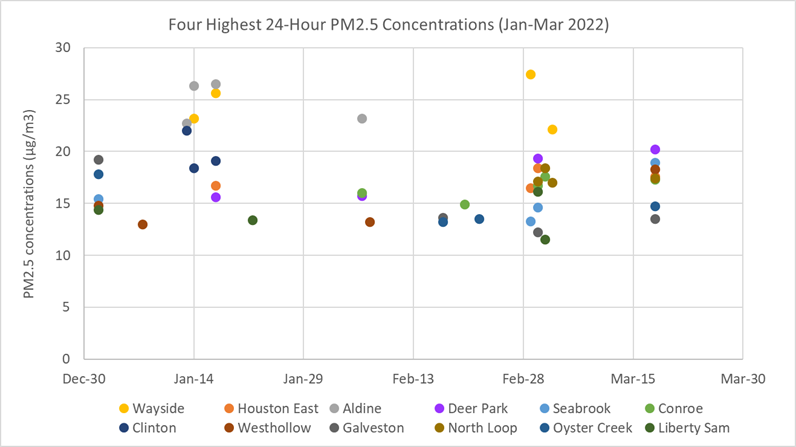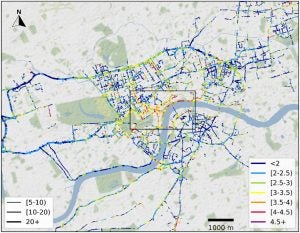The United Nations General Assembly recently declared that access to clean air and a healthy environment is a universal human right, but far too many people live in communities overburdened by pollution. Together, new legislation and a historic investment in clean air present a tremendous opportunity to reduce pollution and improve public health in the U.S. And for the first time, communities have an opportunity to direct their tax dollars to local projects that can improve air quality.
We have hotspots when it comes to air quality – and they matter
Air pollution can vary across communities–even from block to block–and additional monitoring can shine a light on pollution hotspots. More data is needed to understand where air pollution comes from, who it’s impacting and who’s responsible for it.
Exposure to air pollution is not equally experienced, and the health harms fall most heavily on Black and Latino communities. The discriminatory practice of redlining, for example, played a role in determining land use throughout cities. Neighborhoods falsely labeled “definitely declining” or “hazardous” in the 1930s then experienced decades of depressed property values, which allowed polluters to move in.
Air pollution exposure leads to negative health impacts at every stage of life. New satellite analysis shows places where monitoring isn’t reflecting health burdens, and more data is urgently needed to better understand who is being impacted by air pollution.
New legislation and investments in air quality
The newly passed Inflation Reduction Act includes some powerful provisions that could deliver cleaner air to communities, as well as strengthen the impact of the Infrastructure Investment and Jobs Act.
The Inflation Reduction Act includes an historic $296m investment in air monitoring including:
- $117.5m: grants for monitoring focused on community air toxics from industrial facilities beside fenceline communities
- $50m: funds to expand multipollutant regulatory monitoring
- $3m: grants focused on air quality sensors in low-income and disadvantaged communities
- $25m: flexible Clean Air Act grants
- $50m: air pollution monitoring in schools
- $18m: U.S. Environemental Protection Agency enforcement to crack down on polluters
- $32.5m: Council on Environmental Quality data collection
But that’s not all. For the first time, the federal government is welcoming air insights to influence how additional billions in funds are awarded.
- $6b in new funding where air monitoring is an eligible activity to ensure funds are prioritized to disadvantaged communities ($3b for Environmental Justice Block Grants and $3b for Neighborhood access and equity grants)
- $5.8b for advanced industrials, prioritized in a way that welcomes air and health insights: “projects which would provide the greatest benefit for the greatest number of people within the area in which the eligible facility is located”
- $15b for greenhouse gas reductions, where disadvantaged communities are to be prioritized, creating an opportunity to include health and equity impacts in the forthcoming prioritization
- $5b for climate pollution reduction grants, where disadvantaged communities are to be prioritized, creating an opportunity to include health and equity impacts in the forthcoming prioritization
- $1.15b in additional funding for non-attainment areas ($400m for clean heavy-duty vehicles and $750m for ports)
There were also three bills recently introduced that, if passed, would support communities and EPA to better understand the air we breathe:
- The “Technology Assessment for Air Quality Management Act,” introduced by Senator Markey and Representative McEachin, would require EPA to better enable the development and understanding of air pollution, health and equity insights at the community level.
- The “Environmental Justice Air Quality Monitoring Act of 2021,” introduced by Senator Markey and Representative Castor, would direct $100m a year to hyperlocal air quality monitoring. It would enable monitoring of criteria air pollutants, hazardous air pollutants and greenhouses gases at a neighborhood scale in order to identify persistent elevated levels of air pollutants in environmental justice communities.
- The “Public Health Air Quality Act of 2022,” reintroduced by Representative Blunt Rochester and Senator Duckworth, would strengthen air quality monitoring in communities near industrial sources of pollution, require a rapid expansion of the NAAQS or national ambient air monitoring network and deploy at least 1,000 new air quality sensors in communities.
Community-centered solutions
There are billions of dollars available, and it’s critical that state and local leaders design good projects that provide communities with data to better understand what’s in their air and advocate for a healthier environment. Solutions to environmental problems must center the communities that are most gravely damaged by pollution. That means a multi-stakeholder, solutions-oriented public engagement process.
This unprecedented investment in clean air can give communities a voice in their own local air quality solutions.
